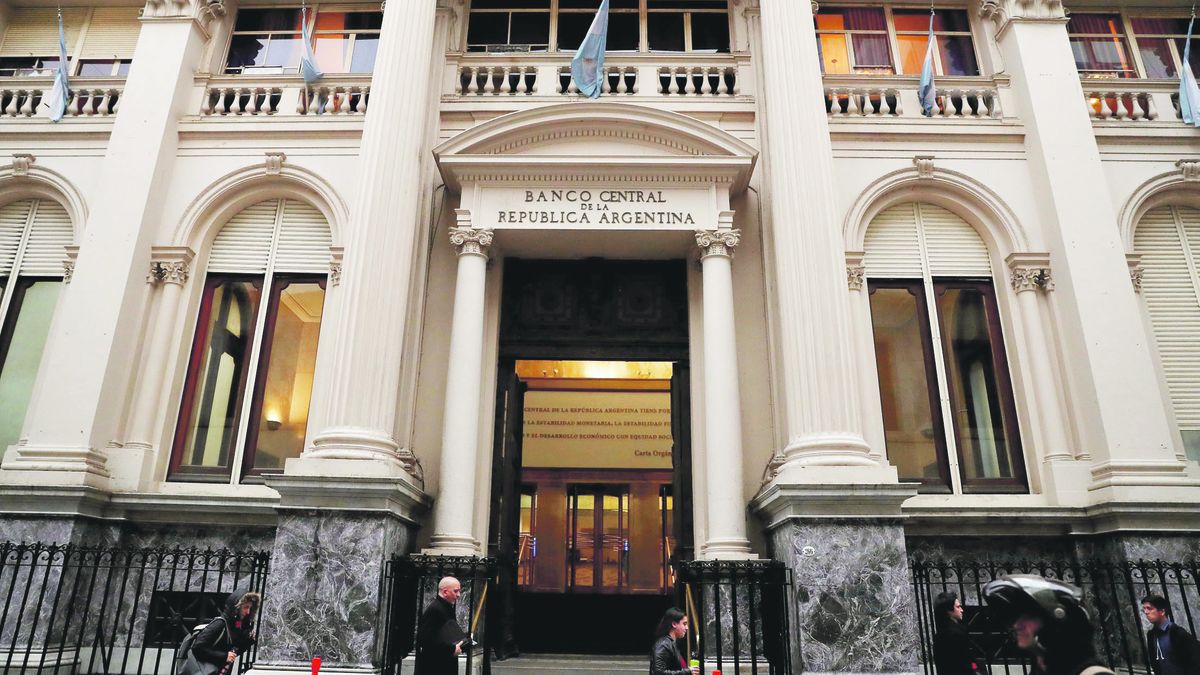On your monthly money report, the BCRA pointed out that growth in February was explained fundamentally by placements of individuals. There, the segment between $1 and $10 million stood out. “It should be noted that this stratum was the one that experienced the highest interest rate rise since the BCRA began to raise reference interest rates in early January (accumulated a rise of 7.5 points),” the report said.
Meanwhile, time deposits from individuals for less than $1 million grew at a slower rate than prices. The rest of the non-financial private sector deposits (those made by legal entities, regardless of the amount, and by individuals, of more than $10 million) had a slight increase in real terms.
The engine of growth was traditional time deposits denominated in pesos, which represent the bulk of the segment. Deposits denominated in UVA (adjusted for inflation) registered a monthly growth rate of 5.6% without seasonality at constant prices and also contributed positively to the month’s expansion.
With everything, total private deposits in pesos fell by 1.4% in real terms in monthly terms, according to calculations by the consulting firm LCG. Thus, they cut a streak of nine consecutive months of expansion. This occurred because sight deposits continued on the contractionary path that began in January, with a real monthly fall of 4.6%.
However, in year-on-year terms, total deposits posted their fifth month of growth. In February, the rise was 4.8% real. According to LCG, this “is related to a recovery in the demand for money and economic activity.”
In February, the BCRA ordered the second interest rate hike of the year. In this case, the reference rate (28-day Leliq) rose 2.5 points to 42.5% annual nominal. Thus, the guaranteed minimum return for fixed terms of individuals for up to $10 million increased from 39% to 41.5% TNA (50.4% TEA). For the rest of the depositors, the rate rose to 39.5% TNA (47.5% TEA).
In parallel, loans fell by 2% per month in real terms. In year-on-year terms, they fell by 1.8% in real terms.
On the other hand, in February the monetary base (BM) stood at an average of $3.75 trillion, which meant a monthly increase of 1.8% ($65,310 million). It was the smallest expansion in the last five months. “Adjusted for seasonality and inflation, the WB would have presented a contraction of almost 1%, registering in year-on-year terms a contraction of the order of 5%. As a GDP ratio, it would stand at 6.3%, a figure similar to that of the end of 2019 and around the minimum values since 2003”, highlighted the BCRA.
Source: Ambito
David William is a talented author who has made a name for himself in the world of writing. He is a professional author who writes on a wide range of topics, from general interest to opinion news. David is currently working as a writer at 24 hours worlds where he brings his unique perspective and in-depth research to his articles, making them both informative and engaging.




